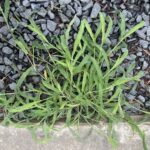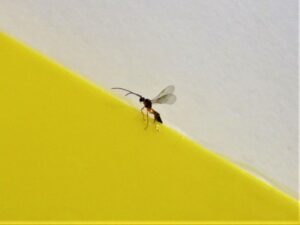Pennsylvania has detected a case of Rabbit Hemorrhagic Disease Virus (RHDV) case in domestic rabbits in Western Pa. This follows on the heels of a New Jersey detection in March of 2022. RHDV has been evolving and spreading in pet rabbits since cases were first detected in North America in 2000.
Because this is an emerging disease, it is possible we can limit widespread infection in domestic and wild rabbits by practicing biosecurity measures at home and not releasing or disposing of domestic rabbits into the wild.
Example Timeline of RHDV1 Strain Detections in North America | and evolution into RHDV2 Strain
- 2000 (Iowa)
- 2001 (Utah, Illinois, New York)
- 2005 (Indiana)
- 2008 (Maryland)
- 2010 (Minnesota)
- 2016 (Quebec, Canada) detection of the more contagious RHDV2 strain*
- 2018 (Ohio) detection of the more contagious RHDV2 strain*
- 2018 (Pennsylvania)
- 2019 (Vancouver, Canada) detection of a different strain of the contagious RHDV2 strain*
- 2019 (Washington) detection of the more contagious RHDV2 strain*
- USDA APHIS notice on 2019 outbreak link is here
- In recent Canadian outbreaks of RHDV2, the death rate was close to 90%.
- 2020 Outbreak of (RHDV2) associated disease occurred in the southwestern United States following its first detection in New Mexico in March
- 2020 (New York City, 13 cases linked to a veterinary hospital) RHDV2 strains*
- 2022 (New Mexico, Arizona, Texas, Colorado, California, Nevada, Utah, Idaho, Wyoming, Montana, and Oregon)
- 2022 (New Jersey)
* This new strain is able to infect a wider variety of rabbit species including wild rabbits.
If you notice these symptoms in rabbits, isolate them and contact your veterinarian and your state’s Division of Animal Health. If you see dead wild rabbits that lack explanation, contact your state Game and Wildlife Division:
- Rabbits die suddenly without symptoms
- Rabbits have a fever
- Rabbits are uncoordinated, excessively excited, have convulsions, paddling, or paralysis
- Rabbits have difficulty breathing just before death
- Rabbits have bloody discharge from nose or stools
- Rabbits have eye hemorraghes
To protect the wild rabbit population, do not release domestic rabbits into the wild and do not dispose of dead rabbits in the wild.
For more information about measures in New Jersey see the state press release: https://www.nj.gov/agriculture/news/press/2022/approved/press220513.html
If you are traveling between or through states, be aware of the interstate-intrastate quarantine regarding domestic rabbit movements in Pennsylvania. The PA “Interstate and International Order of Quarantine is applicable to all States, Commonwealths and territories of the United States of America and any foreign country in which the dangerous transmissible disease RHD exists or there is a reasonable suspicion it exists.”
New Jersey residence who suspect RHDV2, should alert the NJDA, Division of Animal Health at 609-671-6400. The 24-hour number to report a foreign animal disease to USDA APHIS VS Area Veterinarian in Charge is 866-536-7593.
Biosecurity measures rabbit owners can take regarding Rabbit Hemorrhagic Disease can be found at:
https://www.aphis.usda.gov/publications/animal_health/fs-rhdv2.pdf
USDA APHIS Rabbit Hemorrhagic Disease Resources
USDA (RHDV) Cleaning Guidance July 2020
National Assembly of State Animal Health Officials (NASAHO) – RHDV Biosecurity Guidance
NASAHO – RHDV Shows and Exhibitions Guidance



